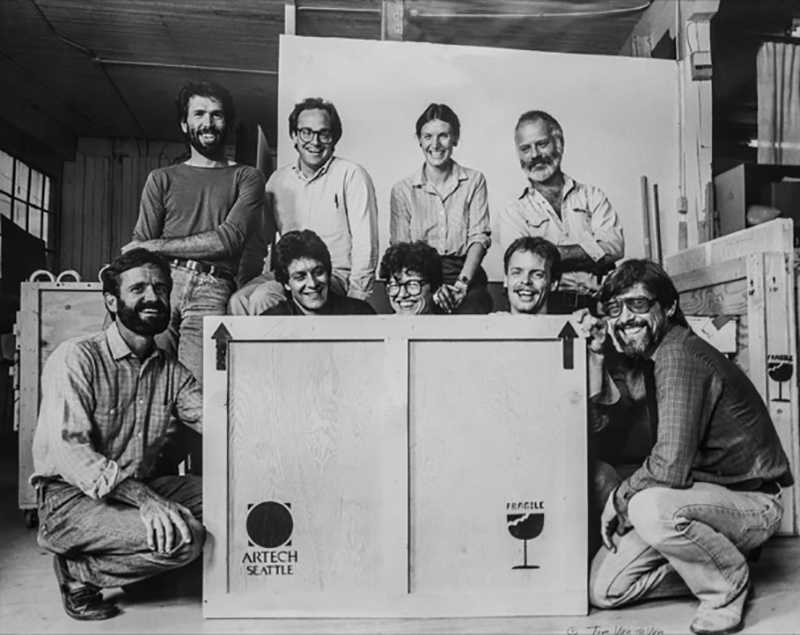 “When arts spaces blur the lines between disciplines – as in performance art, video, and installation art – the preservation of archival materials can be especially challenging, and when the spaces themselves represent a rebellion against institutionalization, preservation of archives is often a low priority. . . .We fear that the archives of some art spaces have wound up in dumpsters and are lost forever to art history.”
“When arts spaces blur the lines between disciplines – as in performance art, video, and installation art – the preservation of archival materials can be especially challenging, and when the spaces themselves represent a rebellion against institutionalization, preservation of archives is often a low priority. . . .We fear that the archives of some art spaces have wound up in dumpsters and are lost forever to art history.”
Martha Wilson, founder, Franklin Furnace
The Anne Focke Archive Project is designed to:
- Preserve, index, and make available the archive of around 200 banker boxes of her papers, and related material
- Create digital inventories following international library standards to connect with other relevant archives locally and globally.
- Activate interest and engagement with the archive for the next generation of artists and activists.
These files tell the story not only of Anne’s work but of the many other artists, organizations, and conversations that she founded, directed, advised, inspired, or simply crossed paths with over the six decades she’s been working locally and nationally.
She founded or helped found and/or (an artist space), Artist Trust, CoCA (Center on Contemporary Art), 911 Media Arts Center, Artech, Arts Wire (early national online network), and Penny University at Town Hall. In others she held a leadership role: Seattle Arts Commission, Bumbershoot, and Grantmakers in the Arts. Still others she advised: the Market Foundation, Goodwill Games Arts Festival, National Endowment for the Arts, New York Foundation for the Arts, SOIL (a Seattle artist collective).
Activating The Archive
Too often valuable knowledge, even when well inventoried and connected, just sits on storage shelves, essentially hidden from those who might be able to use or be inspired by it. To address the hidden nature of archives, we will produce activities to make materials in the collection “discoverable,” to use a librarian’s term or, in our words, to “activate the archives.”
Artists are now working, and responding to challenges in ways that have their foundations in what occurred in the 60s and 70s. The social change of those earlier years includes the second wave of feminism that has enabled a radically different construct of gender and gender-identity, as well as artists whose work is in social practice and in the political arena.
Similarly, there is learning to be found in the ways artists informed and influenced the social upheaval and change in the 60s and beyond that parallels some of what new generations of artists and activitsts are facing today.
© 2024 Anne Focke Archive Project
